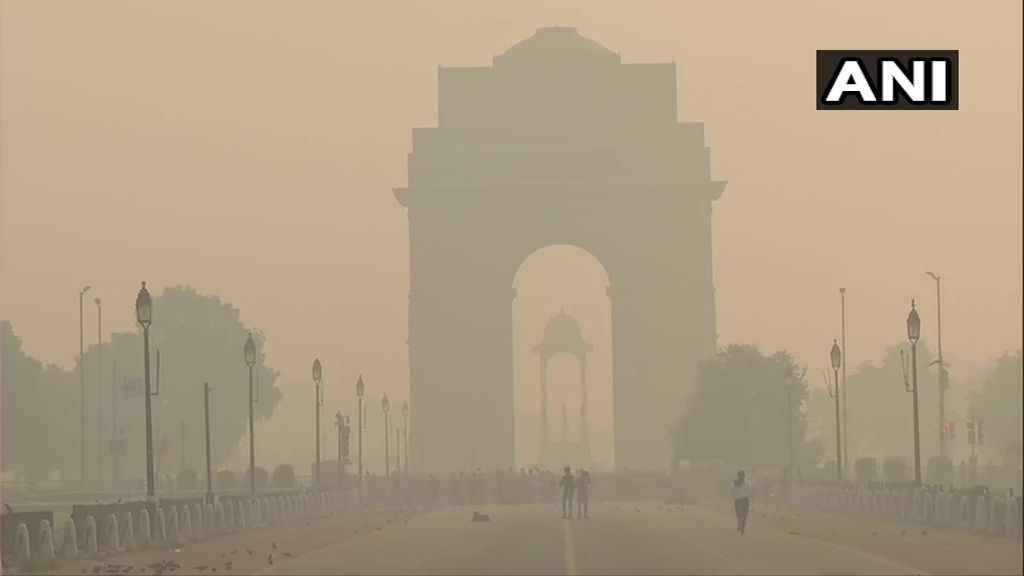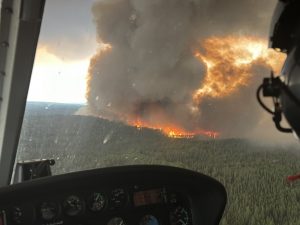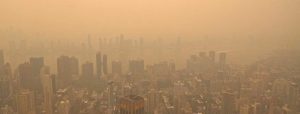A thick layer of smog covered the national capital on Thursday. The city’s air quality was recorded in the ‘very poor’ quality and was inching close to ‘severe’. Delhi recorded an air quality index (AQI) of 392 at 10 am, PTI reported.
An AQI between 0 and 50 is considered ‘good’, 51 and 100 ‘satisfactory’, 101 and 200 ‘moderate’, 201 and 300 ‘poor’, 301 and 400 ‘very poor‘, and 401 and 500 ‘severe’.
Morning visuals from India Gate showed a thick haze that hampered visibility.
A similar condition was witnessed in Delhi’s Nizamuddin area.
Stagnant wind conditions and a spike in farm fires have led to the spike in pollution levels in the national capital.
A senior scientist at the Indian Meteorological Department (IMD) told PTI the wind speed dipped on Wednesday which allowed the accumulation of pollutants.
“Following slight relief, the air quality again entered the very poor category by the evening,” he said.
Also read: Air pollution in India could make it difficult to fight COVID-19: Study
According to the Ministry of Earth Sciences’ air quality monitor, SAFAR (System of Air Quality and Weather Forecasting And Research), the share of stubble burning in Delhi’s PM2.5 concentration was 18% on Wednesday.
SAFAR said the accumulation of locally generated pollutants and increased external intrusion due to north-north westerly boundary level winds from regions where stubble is burnt will be major reasons for the increase in PM2.5 levels.
Also read: Air pollution linked to 15% of coronavirus deaths: Study
According to the IMD, the predominant wind direction was northerly and the maximum wind speed was 8 kilometres per hour. The minimum temperature was recorded at 12.5 degrees Celsius – the lowest this season so far.







